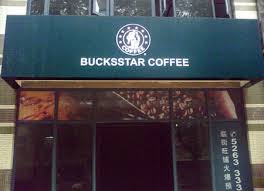
Fresh from Bloomie:
China’s trade numbers, distorted by fake exports (HKETEXPC) last year, are set to come under renewed scrutiny after a discrepancy between Hong Kong and Chinese figures for bilateral trade widened to the largest in eight months.
Hong Kong’s December imports from China fell 1.9 percent from a year earlier to HK$176 billion ($22.7 billion), the city’s statistics department said yesterday. That compares with $38.5 billion in exports to Hong Kong reported earlier this month by China’s customs administration, up 2.3 percent, based on data compiled by Bloomberg.
Economists split on how to interpret the latest numbers, which follow reports earlier last year that invoices for fake exports were used to disguise capital inflows, inflating China’s trade data before regulators in May cracked down on the practice. Exaggerated overseasshipments would mean that global demand is weaker than China’s statistics indicate.
“From the last few months’ data, we have seen hints that some Chinese exports are fake and in fact that reflects hot money inflows,” said Zhang Zhiwei, chief China economist at Nomura Holdings Inc. in Hong Kong. The discrepancy will abate as yuan appreciation slows in January and February, said Zhang, who previously worked at the International Monetary Fund.
China’s exports to Hong Kong in December exceeded the city’s reported imports from the mainland by about 70 percent, the biggest difference since April.
If addressed, as it was last time, this will mean another downwards revision to growth.

